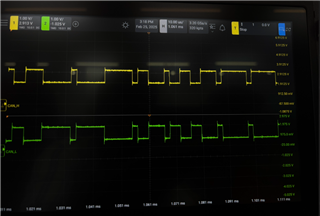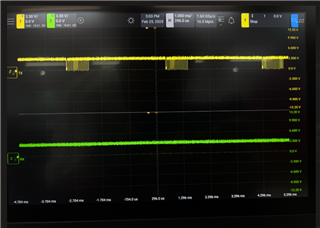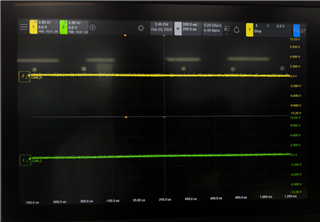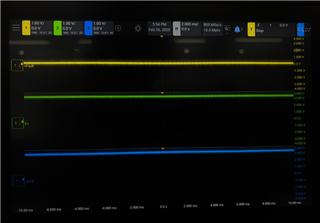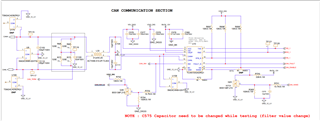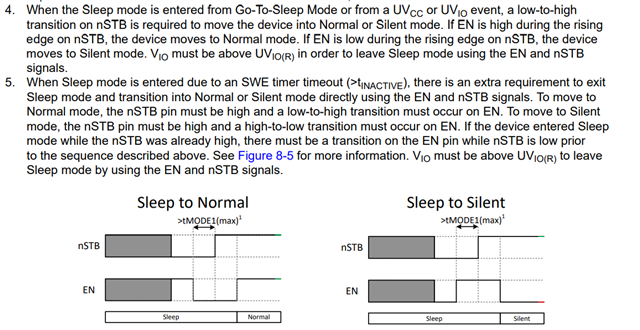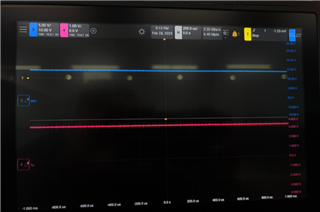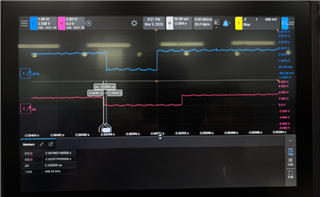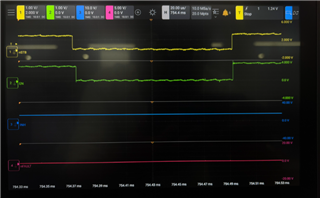Other Parts Discussed in Thread: SYSCONFIG, TCAN1043
Tool/software:
Hi,
I'm working in a project where I need to establish a CAN communication. I have a sample project which is working in my C2000 F28P65x launchpad but not working in my custom board. In my custom board it has F28P659SH6 PTP MCU. I'm using Sysconfig for migration and changing the pinmux for my custom board. I've also created a target config file and set build configuration as CPU1_RAM.
I'm using TI's CAN transceiver IC [ TCAN1043ADRQ1 ] and set it to normal mode by setting nSTB = EN = High.
I've checked the CAN error status register [CAN_ES] and CAN Error Counter register [CAN_ERRC]. I've attached the screenshot of those register for reference.
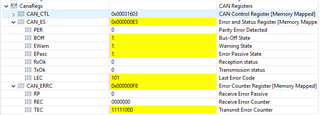
Please let me know is that anything I'm missed out during migration and to how to solve this issue. Thanks in advance


